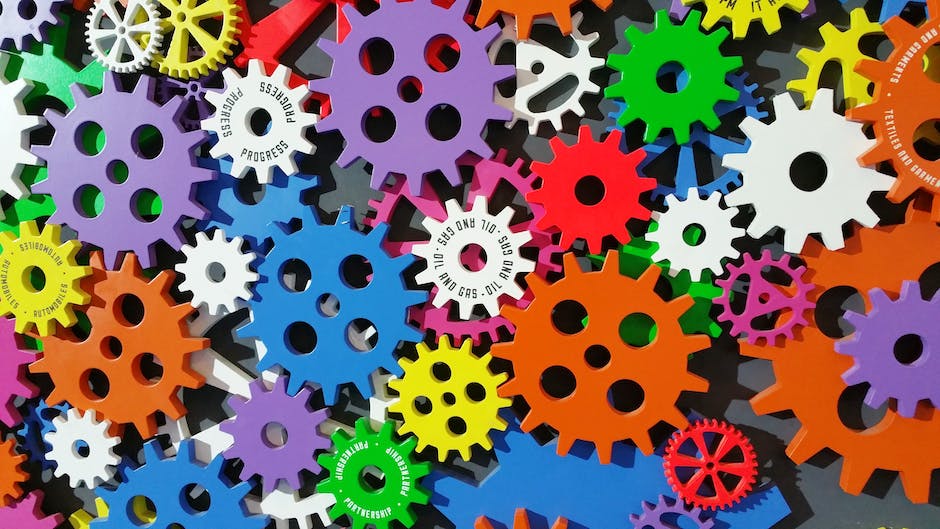The right choice of hardware for production is certainly important, but when users evaluate its capabilities, they must also ensure that the controller they choose includes the right software to set it up.
What is a programmable automation controller?
The controller is used to create automated control systems for technological equipment in the energy sector, railway transport, various industries, etc. Nowadays, a wide range of standard automatic control tasks (control of drives, valves, frequency converters, processing and analysis of discrete and analog signals) is unthinkable without communication functions for connection with cloud SCADA, ERP, and MES systems, which encourages manufacturers of programmable logic controllers (PLC) to expand their product range and functionality, creating new device classes such as programmable automation controllers (PAC), edge computing controllers, and specialized data gateways for IIoT systems. High-performance PLC-based automation systems use the power of the Industrial Internet to achieve higher and more efficient results.
Historically, motion controllers, PLCs, and personal industrial computers (PCs) in the control system have well-defined functions and have been separate components. With the advent of PACs, motion controllers have become much more difficult to distinguish from PLCs. Programmers create user applications for PCs with decentralized control systems, and it manages a wide range of sub-systems, including various drives and video systems.
PACs are widely used for the industrial automation of various technological processes in large and small enterprises. The popularity of controllers is easily explained. Their use greatly simplifies the creation and operation of complex automated systems and individual devices, including household ones. The PAC reduces the development phase, simplifies the process of installation and debugging by standardizing personal hardware and software tools, and provides increased reliability during operation, easy repair, and upgrade if necessary.
Where is PAC used?
PACs were developed to control large packaging lines, stand-alone control systems, and large automated mobile loading platforms and production processes. In this case, the available instructions are more advanced and specialized. It may contain commands for managing and monitoring the execution of technological processes and production operations, controlling the sequence of individual operations, picking batches, and controlling devices. Some manufacturers have gone even further, offering devices with specialized instructions for nuclear, oil and gas, and other specific industries.
The modern PACs have become a top-rated universal working tool in industrial process automation systems and for controlling individual devices for various purposes. It is a particular type of programmable logic controller characterized by increased reliability, easily built-in and upgraded, and capable of operating for a long time with little or no maintenance.
PAC or PLC: which option to choose
PLC and PACs are devices from different eras, although many experts find that their functions already overlap to a large extent.
The choice of controller is determined not so much by the abbreviation (PLC and PAC) but by providing the functionality corresponding to the task. In addition to standard automation tasks, the suitable controller:
- constructively improves and increases the operational reliability of automation systems;
- eliminates the influence of the human factor associated with the lack of professional experience and gaps in qualifications;
- uses effective information protection measures.
Large projects require multiple control cabinets or, if it is a large project, additional processing power and RAM are required that standard PLCs cannot provide. PACs contain all the functionality of a PLC plus a whole host of other features. They provide more advanced functionality than multi-axis motion control, safety, and machine vision.

